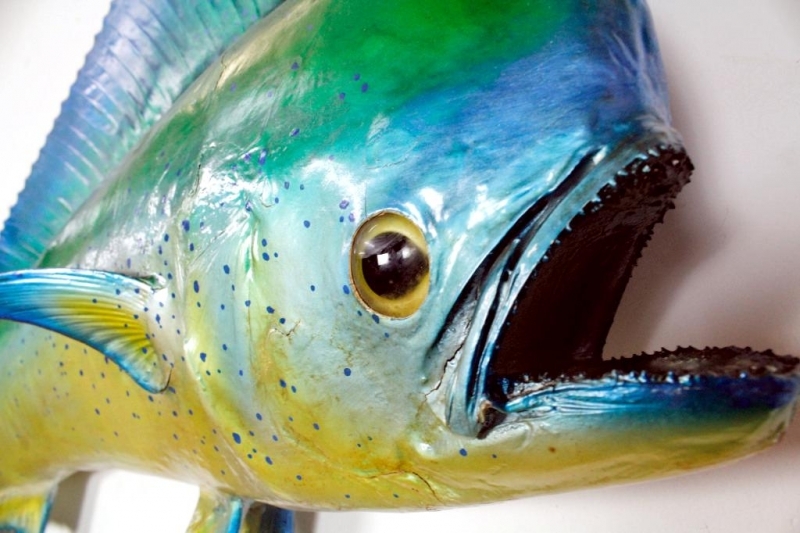



They are found in warm and subtropical coastal waters worldwide. Common dolphin Common dolphin breaching | image by Joe Decruyenaere via Flickr | CC BY-SA 2.0Īs the name would suggest, the common dolphin is thought to be the most abundant type of dolphin in the world with an estimated population of approximately six million. Rough-toothed dolphins are thought to share a similar distribution with the bottlenose dolphin, but overall there is less information on them, making defining their range and population status difficult. They get their name from the rough exterior on their teeth, which they have approximately 80 of. The rough-toothed dolphin looks very similar to the bottlenose dolphins and are often confused for them. Rough-toothed dolphin Rough-toothed dolphins underwater | image by Laurent Bouveret via Wikimedia Commons | CC BY-SA 4.0 In the wild, they have a broad distribution and can be found in tropical, subtropical and temperate waters all over the world. Common bottlenose dolphin Bottlenose Dolphin breaching | image by caroline legg via Flickr | CC BY 2.0īottlenose dolphins are some of the most well-known dolphins as they are commonly found performing in entertainment shows at aquariums or being the center of attention at animal encounters. Here are 14 examples of dolphins found in our oceans. There are many different approximately 40 species of dolphins which can be found all over the world, however most species are associated with warm waters. In this article, we’ll be introducing you to various types of dolphins, and looking at some pictures of them! 14 Types of dolphins Some dolphins are strictly salt-water dwelling, while some live in rivers, and some can be found in between in brackish water. Dolphins are known for being incredibly intelligent, social and agile. They suspect that the fishing behavior they engage in is likely learned by watching others in their group as they grow up-a behavior that could be part of a cultural tradition.Dolphins are a type of marine mammal and are closely related to whales and porpoises. The researchers claim the behavior they observed in the dolphins was an example of homophily, which sociologists define as behavior by individuals in a group who associate in a social manner with those who engage in that behavior with them-in this case, fishing with humans. They were even seen taking naps together. They would swim around and play together, clearly preferring the company of one another over the company of other dolphins in the area. The researchers report that the same individual dolphins that fished with humans hung out together even when they were not fishing. To find out, the researchers focused on a particular group of dolphins that were known to assist in helping the fishermen-they followed them with cameras, capturing details of their activities both during fishing expeditions and the times between them. But it was not the relationship the dolphins established with humans that the researchers were studying-they wanted to know if working together resulted in the formation of social relationships in dolphins. When they do so, the fish begin to break away from their school, making it easier for the dolphins to catch them. Upon seeing the signal from the dolphins, the fishermen cast their nets. The dolphins slap their heads or tails on the water when the fish are close enough for the fishermen to catch them. The dolphins have found that if they herd groups of the fish toward the shore where the fishermen are waiting with nets, they make it easier on themselves to catch fish. In Laguna, Brazil, there are fishermen who have formed an alliance with wild bottlenose dolphins living just offshore, both of whom target mullets, a type of fish.


 0 kommentar(er)
0 kommentar(er)
